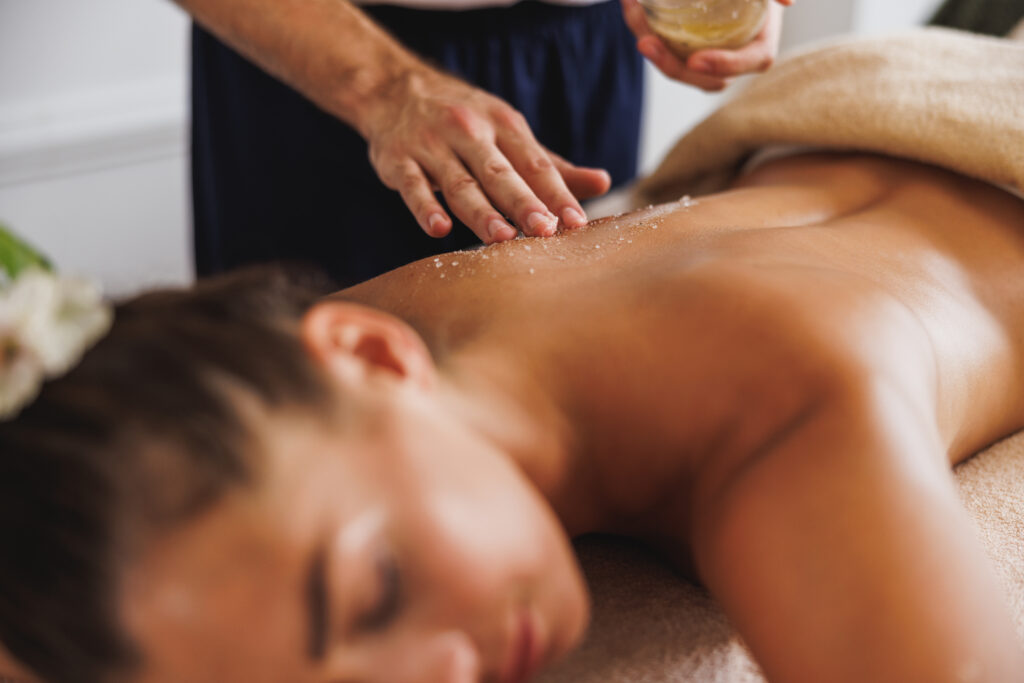Chemical Peels
Our services
Chemical peels
Chemical, acid and fruit peels are clinical procedures that use solution to exfoliate and rejuvenate the skin, effectively improving its texture, tone, and appearance on the face and the body.
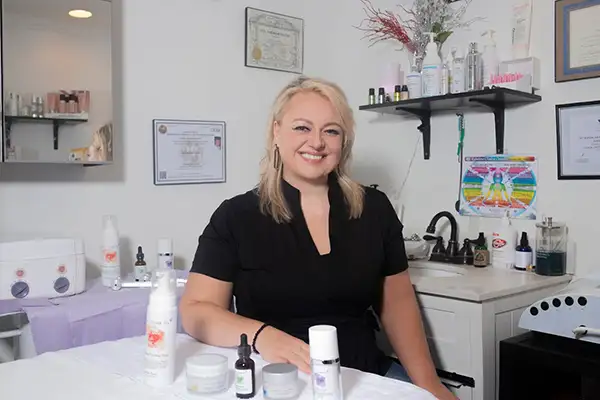
What are chemical peels
Chemical peels are cosmetic procedures in which a chemical, acid or fruit solution is applied to the skin to exfoliate and remove the outer layers, revealing newer, smoother, and more evenly toned skin underneath. These treatments can help improve skin issues such as wrinkles, fine lines, acne scars, sun damage, and uneven pigmentation by promoting cell turnover and stimulating collagen production. Chemical peels come in various strengths, ranging from mild to deep, and should be performed by a trained dermatologist or licensed skincare professional to ensure safe and effective results.
What may chemical peels help with
- Wrinkles and Fine Lines
- Breakouts and Scars
- Hyperpigmentation
- Uneven Skin Texture
- Sun Damage
- Enlarged Pores
- Overall Skin Rejuvenation
- Scar Reduction
- Oil Control
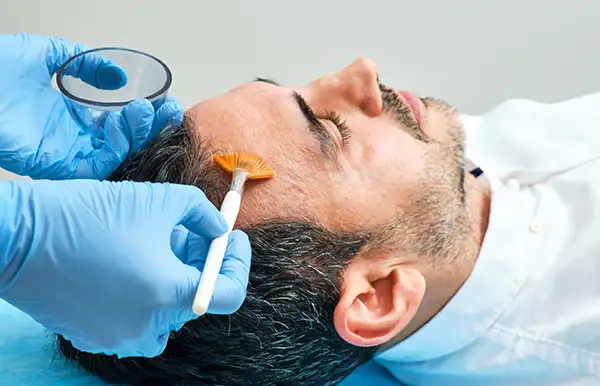
Chemical Peels process from start to finish
Intake and Initial Consultation
The session usually begins with a discussion between the practitioner and the client. During this consultation, we assess your skin type, concerns, and goals to determine the most appropriate type and strength of chemical peel for your needs. This discussion helps us understand your needs and tailor the session accordingly.
PREPARATION
Before the peel, your skin will be thoroughly cleansed to remove any makeup, oils, and debris. In some cases, a pre-peel regimen may be recommended, which may include the use of specific skincare products to prepare the skin.
APPLICATION
The peel solution is applied to the treatment area(s) using a brush, cotton pad, or applicator. The solution typically contains one or more acids, such as alpha hydroxy acids (AHAs), beta hydroxy acids (BHAs), or trichloroacetic acid (TCA), depending on the type and depth of peel.
Duration
The solution is left on the skin for a specified amount of time, which varies based on the type of peel and the individual’s skin sensitivity. During this time, you may experience a mild tingling or burning sensation.
Neutralization
After the desired exposure time, the practitioner neutralizes the peel solution using water or a neutralizing agent to stop the chemical reaction on the skin.
Post-Peel Care
The treated area is then cleansed, and a soothing ointment or moisturizer is applied to minimize discomfort and promote healing. Specific post-peel instructions will be provided, which may include avoiding sun exposure and using gentle skincare products.
Recovery
The recovery period varies depending on the depth of the peel. Superficial peels may cause minimal downtime with mild redness and peeling, while deeper peels may result in several days of more noticeable peeling and redness.
Results
Over the next few days to weeks, the old, damaged skin layers peel away, revealing smoother, rejuvenated skin underneath. Multiple sessions may be required for optimal results, and results may continue to improve over time as collagen production increases.
It’s essential to follow post-peel care instructions diligently and use sunscreen regularly to protect the newly exposed skin from sun damage. The specific details of the procedure can vary depending on the type and strength of the chemical peel used and individual factors, so it’s important to consult with a qualified professional for personalized guidance.
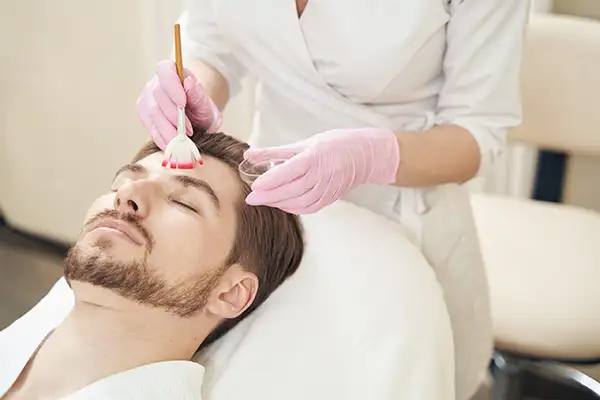
Pre-Peel care
Preparing your skin before a chemical peel is crucial to ensure a safe and effective treatment. Here are some pre-care steps to follow before getting a chemical peel:
Consultation
Schedule a consultation with Nova Beauty Center. Hana will assess your skin type, concerns, and medical history to determine if a chemical peel is suitable for you and which type and strength of peel will be most appropriate.
Avoid Sun Exposure
Limit sun exposure in the weeks leading up to the chemical peel. Excessive sun exposure can make your skin more sensitive and increase the risk of complications. Always wear sunscreen with a high SPF when you're outdoors.
Discontinue Certain Products
Depending on your practitioner's recommendations, you may need to stop using certain skincare products containing ingredients like retinoids, alpha hydroxy acids (AHAs), beta hydroxy acids (BHAs), or other exfoliants for a specified period before the peel. These products can make your skin more sensitive and increase the risk of adverse reactions during the peel.
Stay Hydrated
Keep your skin well-hydrated by drinking plenty of water in the days leading up to the peel. Hydrated skin is generally more resilient and can recover more effectively after the procedure.
Inform Nova Beauty Center
Be sure to inform your practitioner about any medications you're taking, including prescription and over-the-counter drugs, as well as any topical skincare products you're using. Some medications and products may need to be adjusted or discontinued before the peel.
Plan for Downtime
Depending on the type and depth of the chemical peel, you may experience redness, peeling, and temporary changes in your skin's appearance after the procedure. Plan accordingly and schedule your peel when you can afford some downtime if needed.
Follow Pre-Peel Instructions
Your practitioner will provide specific pre-peel instructions tailored to your individual needs and the type of peel you'll be receiving. Follow these instructions closely to optimize the results and minimize the risk of complications.
Remember that the specific pre-care requirements may vary based on your unique circumstances and the type of chemical peel you’ll be undergoing. Always consult with your skincare professional for personalized guidance on how to prepare for your chemical peel.

Post-Peel care
Following post-chemical peel instructions is essential for proper healing and achieving the best results. These instructions may vary depending on the type and depth of the chemical peel you’ve undergone, so be sure to follow your practitioner’s specific recommendations. Here are some common post-chemical peel instructions:
Keep the area clean
Gently cleanse the treated area with a mild, non-abrasive cleanser recommended by your practitioner. Avoid using harsh or abrasive skincare products for a few days following the peel.
Moisturize
Apply a recommended moisturizer or healing ointment to keep the skin hydrated. This helps soothe the skin and prevent excessive dryness or flakiness.
Avoid Sun Exposure
Protect your treated skin from direct sunlight for at least a week after the peel. Even after the initial healing period, apply a broad-spectrum sunscreen with a high SPF daily to prevent sun damage and hyperpigmentation. Consider wearing a wide-brimmed hat and sunglasses when outdoors.
Don't Pick or Peel
It's crucial to resist the urge to pick, peel, or scratch the treated area, even if it becomes itchy or starts to peel naturally. Premature peeling can lead to scarring and complications.
Stay Hydrated
Drink plenty of water to keep your body and skin well-hydrated during the healing process. Proper hydration promotes skin recovery.
Avoid Makeup and Certain Skincare Products
Depending on your practitioner's instructions, you may need to refrain from using makeup and certain skincare products, such as exfoliants, for a specified period following the peel.
Avoid Sweating
Avoid strenuous exercise and activities that cause excessive sweating for a few days post-peel. Sweat can irritate the treated skin.
Use Gentle Products
When resuming your regular skincare routine, opt for gentle, hypoallergenic products that won't irritate the healing skin.
Follow-Up
Attend any scheduled follow-up appointments with your practitioner. They can assess your skin's progress and provide further guidance if needed.
Be patient
Results from a chemical peel may take time to fully manifest. Be patient and allow your skin to heal naturally. Avoid expecting immediate, dramatic changes.
Types of Peels we offer
FCR Fractional Cell Regeneration Peel
If you have heard of facial peeling, then Fractional Cell Regeneration (FCR) treatment is also considered as one. However, unlike the conventional chemical peeling that dissolves your skin with acid, FCR treatment activates your skin cells and promotes normalization of turnover by regenerating new cells. It is much gentler.
FCR therapy is a natural alternative to microneedling, laser procedures, and chemical peels without prolonged downtime and unwanted side effects. We chose FCR because the Asian Beauty industry is 20 years ahead of North America and Europe in cosmetic technology. We are the only few that offer Fractional Cell Regeneration in the Tampa Bay area.
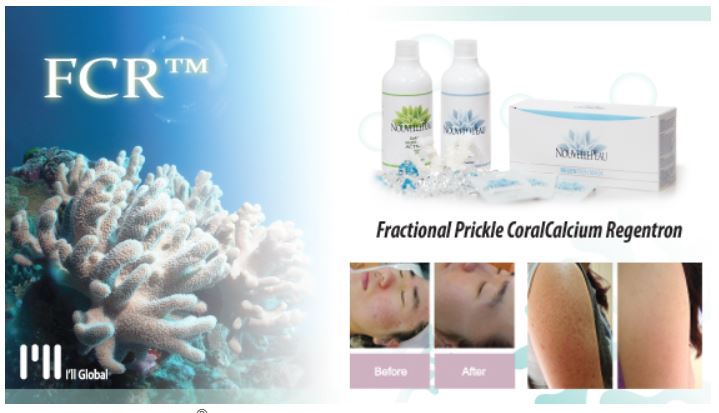
How FCR Works
FCR treatment aims to revitalize your skin by allowing natural plants, marine ingredients, and minerals to penetrate deep into your dermis layer. These osmotic components will continually act on your blood circulation for up to 48 hours to regenerate new cells.
FCR provides solutions for a wide variety of the most common skin situations. It is achieved through a unique methodology of hand rubbing technique, without any use of aesthetic machines. The “FCR” Therapy was made popular in Korea.
This cutting-edge therapy is extremely effective in brightening hyperpigmentation, reducing enlarged pores, and improving skin tone and elasticity WITHOUT pain, with minimal downtime, and without unwanted side effects. It is an all-in-one resurfacing therapy that addresses skin situations such as uneven skin texture, and color, post-breakout scarring and discoloration, premature aging and wrinkles, melasma, buildup of keratin, and more.
Advantages of FCR Therapy
- Short downtime
- Painless procedure
- Highly safe treatment
- Improves overall skin quality
- Minimizes aging signs
Limitations
- Best results are achieved through a series of treatments
- Swelling may occur but rarely happens
It Is Suitable For
- Those looking for peeling treatments
- Those with sagging/stained / oily skin
- Those with enlarged pores/stretch marks.
- Those who wish to regain youthful looks
- Those who wish to improve overall skin quality
Recovery Time
- Typical chemical peels usually take about 1 to 2 weeks to heal
- FCR has a short downtime and the recovery time is 5-10 days (varies for each person)

Brazilian Bikini Peel
An intimate Brazilian Bikini Peel is a specialized skincare treatment designed to exfoliate and rejuvenate the delicate skin in the bikini area. It typically involves gentle chemical exfoliation or a combination of treatments to improve skin texture and reduce the appearance of ingrown hairs and dark spots. It will brighten your skin, help with folliculitis, and improve texture irregularities in unsightly private areas.
This is a series of peel treatments that you would have conducted in a professional treatment room. The severity of the discoloration would determine how many treatments you would need to achieve your desired goals. We recommend 5 professional applications with follow-up home care maintenance included.
What is Hyper-friction™ and what causes this discoloration?
Intimate Discoloration from coarse hair, thin skin, and excessive rubbing in particular areas cause chronic inflammation and irritation.
- Shaving – Shaving can cause discoloration due to the amount of pressure being used, the direction in which you are shaving, and how sharp the blade is. Razor Bumps are also a common skin condition that occurs as a result of shaving. Include clusters of small, red, or dark bumps around hair follicles. In addition, the surrounding skin is often red and inflamed.
- Tight clothing- Especially during workouts
- Genes – Genes play a significant role in the number of melanocytes you inherit, which can cause hyperpigmentation to form more quickly and some areas to become darker than others.
- Not exfoliating or Over Exfoliating – dead skin cells build up every day, which can cause discoloration. Regular exfoliation 2-3 times a week will help to smooth and brighten the area. However, over-exfoliation can cause the skin’s barrier to damage which could lead to sensitivity.
- Waxing – Waxing is an excellent alternative to shaving. However, if it is not done correctly, you may experience PIH (Post Inflammatory Hyper-Pigmentation), which will cause discoloration.
What level of peeling will I experience?
After day three, there will be some noticeable dryness and minor to major sloughing of the skin
HOME CARE AFTER TREATMENT
HOO HAA Cleanser
helps to digest the dead skin and prevent itching
Bikini Bottom
Bikini Bottom helps to continue home care brightening effects along with minimizing underarm sweat.
Hoo Haa Lotion
Hoo Haa Lotion moisturizes, hydrates, decreases the itch, and continues to brighten, as well as an all-over body brightener.
Hoo Haa Lotion
Hoo Haa Lotion moisturizes, hydrates, decreases the itch, and continues to brighten, as well as an all-over body brightener.
Arnica Recovery Gel
Arnica Recovery Gel helps to calm traumatized skin and will assist in the healing process.
Body Peel
Body peels can be effectively used on various areas of the body, including the face, neck, chest, hands, arms, legs, back, and even sensitive areas like the underarms, to address specific skin concerns and enhance overall skin texture and tone.
Available areas: knees, elbows, buttocks, back and more
